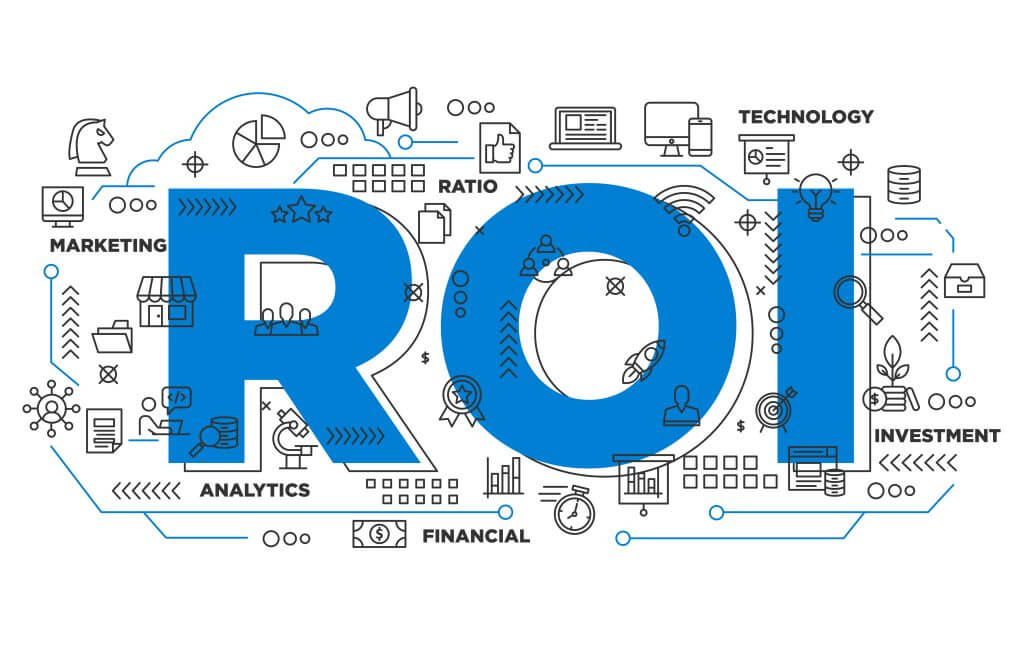Investing in cryptocurrency can be highly rewarding but also carries significant risks. To measure the success of your investments, it’s crucial to understand how to calculate Return on Investment (ROI). ROI helps you evaluate the profitability of your trades and compare the performance of different assets, enabling better decision-making.
In this blog, we’ll explore what ROI is, how to calculate it, and why it’s a critical metric for crypto investors. We’ll also introduce tools like the EPIQ Crypto Macro Dashboard to help you optimize your investment strategy.
What is ROI?
ROI, or Return on Investment, is a performance metric used to assess the efficiency or profitability of an investment. In the context of cryptocurrency, ROI helps traders and investors determine how much profit or loss they’ve made relative to their initial investment.
ROI Formula
The basic formula for ROI is:ROI=Current Value of Investment−Initial InvestmentInitial Investment×100ROI = \frac{\text{Current Value of Investment} – \text{Initial Investment}}{\text{Initial Investment}} \times 100ROI=Initial InvestmentCurrent Value of Investment−Initial Investment×100
For example, if you invested $1,000 in Bitcoin and it’s now worth $1,500:ROI=1,500−1,0001,000×100=50%ROI = \frac{1,500 – 1,000}{1,000} \times 100 = 50\%ROI=1,0001,500−1,000×100=50%

Why ROI Matters in Crypto Investments
1. Assess Profitability
ROI helps investors understand how much they’ve earned or lost on a particular cryptocurrency.
2. Compare Assets
By calculating ROI for multiple cryptocurrencies, you can identify which assets are performing better and adjust your portfolio accordingly.
3. Evaluate Strategies
Track the ROI of different trading strategies (e.g., HODLing vs. swing trading) to determine which approach works best for you.
4. Manage Risk
ROI allows you to set realistic profit targets and stop-loss levels, helping you minimize risks.
Factors That Impact ROI in Crypto Investments
1. Market Volatility
Cryptocurrencies are highly volatile, leading to frequent price swings that can significantly impact ROI.
2. Transaction Fees
Fees for buying, selling, or transferring cryptocurrencies can reduce your overall ROI. Use platforms with competitive fees to maximize profits.
3. Time Horizon
Short-term trades may yield higher percentage gains but carry more risk. Long-term investments often provide more stable returns.
4. Asset Performance
Not all cryptocurrencies perform equally. Researching the fundamentals of a coin or token is crucial for achieving a positive ROI.
How to Calculate ROI for Crypto Investments
1. Identify Initial Investment
Determine the total amount you invested, including transaction fees.
2. Determine Current Value
Check the current market value of your holdings using platforms like CoinMarketCap or the EPIQ Crypto Macro Dashboard.
3. Apply the ROI Formula
Use the formula mentioned earlier to calculate your ROI.
4. Factor in Additional Costs
Adjust your ROI calculation for any additional costs, such as gas fees on Ethereum or staking rewards.
Example Calculation:
- Initial investment: $2,000 in Ethereum (ETH)
- Current value: $2,800
ROI=2,800−2,0002,000×100=40%ROI = \frac{2,800 – 2,000}{2,000} \times 100 = 40\%ROI=2,0002,800−2,000×100=40%

Tools to Track and Optimize ROI
1. EPIQ Crypto Macro Dashboard
The EPIQ Crypto Macro Dashboard offers:
- Real-time portfolio tracking.
- Advanced analytics to monitor market trends.
- Insights into potential high-ROI assets.
2. Crypto ROI Calculators
Online calculators, like those on platforms such as CryptoQuant and CoinGecko, simplify the process of calculating ROI.
3. Secure Wallets
Store your investments safely using hardware wallets like Ledger to protect your assets while focusing on ROI growth.
ROI in Different Crypto Strategies
1. HODLing
Holding a cryptocurrency for the long term can result in a higher ROI, especially for assets like Bitcoin and Ethereum.
2. Trading
Active trading offers the potential for quick gains but requires constant monitoring and analysis of market trends.
3. Staking and Yield Farming
Staking cryptocurrencies or participating in yield farming allows you to earn rewards, increasing your overall ROI.
4. Diversification
Spreading your investments across multiple assets reduces risk and improves the likelihood of achieving a positive ROI.
How EPIQ Trading Floor Can Help
At EPIQ Trading Floor, we provide the tools and resources you need to maximize your ROI:
- Real-Time Data: Monitor your portfolio’s performance with our advanced dashboards.
- Expert Insights: Access market analysis and tips from experienced traders.
- Community Support: Join a network of traders to share strategies and learn from each other.
Sign up today for a 3-day free trial and start leveraging ROI metrics to enhance your investment strategy.

Conclusion
Calculating ROI is an essential skill for any crypto investor. It helps you measure the profitability of your investments, assess the effectiveness of your strategies, and make data-driven decisions to grow your portfolio.
Take control of your trading journey with tools like the EPIQ Crypto Macro Dashboard and secure your assets with trusted wallets like Ledger. Join EPIQ Trading Floor today and unlock the resources you need to succeed in the dynamic world of cryptocurrency trading.
Disclaimer: The information provided in this blog is for educational purposes only and does not constitute financial advice. Cryptocurrency trading involves significant risk, and you should consult with a financial advisor before making investment decisions.










Responses